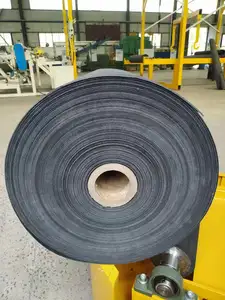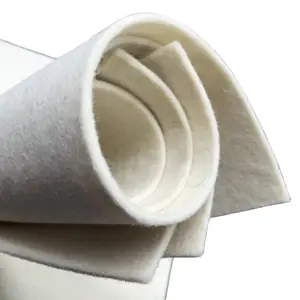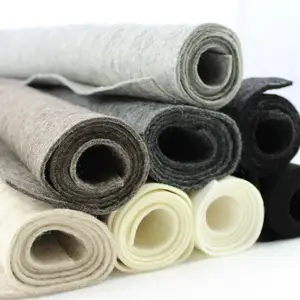Before going into the specifics of the various felting materials, understanding what felting is can help make an informed decision. It is the process that turns animal fiber, such as sheep wool into felt fabric. The form of the wool can be processed by roving or batts.
Wet or dry felting
For beginners, there are two ways of felting: wet and dry. Wet felting uses water, soap, and agitation to open up the fibers before binding. This form of felting can be done with even processed wool roving. Dry felting, or needle felting, uses needle supplies to tangle fibers together. It can be done by hand with a single needle or using a felting tool with multiple needles. To create felted wool by the yard, a felting machine can be used.
Types of felting methods
To make a flat piece of wool felt sheet, basic wet felting supplies can create sturdy pieces like a coat or tote bag. Cobweb felting is another flat technique that fills and felts the fiber thoroughly. It can be used to make scarves and wraps. 3-dimensional felting can be made by needling wool into a mold. Felting supply kits are available to make cute needle felting projects as gifts or displays.
Supplies needed
With that said, here are some supplies needed to start on a project. Wool fiber, including wool roving, is one of the crucial materials. There are also yarns suitable for felting for sale. Just a note that cotton may not work as well for wet felting as it is a plant fiber. Water sprayer and felting soap will also be required for wet felting, while needle felting supplies will be needed for the dry variation. A foam or mat will be useful for needle felting as the needle pushes through the wool.







































 浙公网安备 33010002000092号
浙公网安备 33010002000092号 浙B2-20120091-4
浙B2-20120091-4